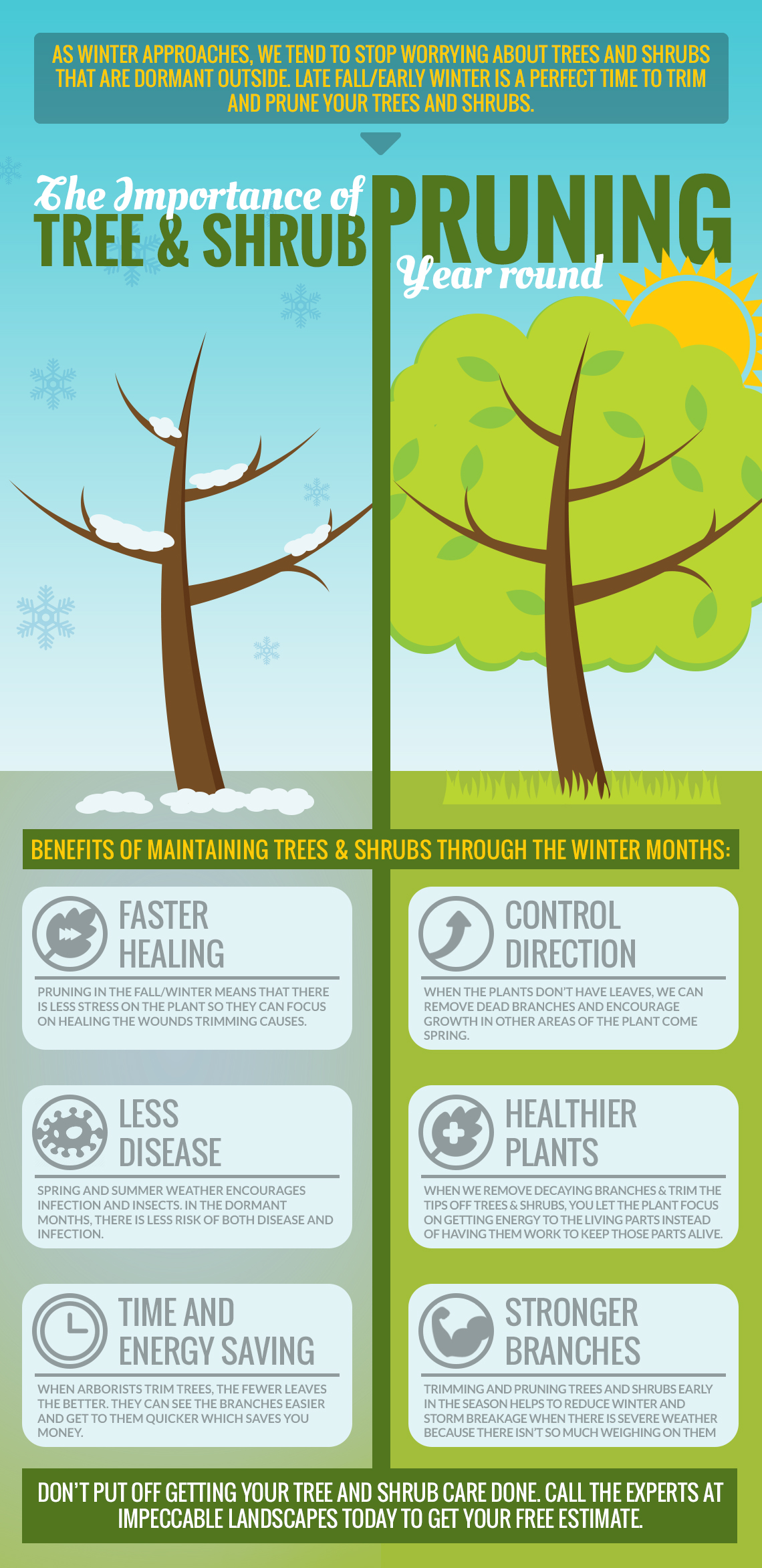Post-Tree Removal Care Plays A Considerable Duty In Landscape Remediation; Check Out Essential Actions To Boost Your Surroundings And Mitigate Future Worries
Write-Up Author-McMillan Chambers After a tree's removal, your landscape may look quite various, and it's necessary to analyze the results very carefully. You'll intend to evaluate the dirt disruption and examine surrounding plants for any type of signs of stress. Neglecting these variables can result in bigger problems down the line. So, what should you make with those stumps and origins? And just how do you choose the best plants for your rejuvenated area? Allow's discover these essential steps.
Evaluating the Results: Assessing Your Landscape
After a tree removal, it's vital to assess your landscape to understand the influence it has on your lawn. Start by checking out the area where the tree stood. Try to find indications of dirt disruption, and examine the surrounding plants for any stress and anxiety or damages. You should also keep in mind of how the elimination has actually transformed sunlight direct exposure and air movement in your yard. how to trim a birch tree can impact the development of nearby plants, so it's necessary to review their wellness. Consider the visual aspects too; the removal might create an open space that you can redesign. Lastly, think about any possible disintegration issues that might develop from the tree's absence. Attending to these elements early will help bring back balance to your landscape.
Managing Stumps and Roots: Options for Removal
When you've assessed the results of the tree removal, you'll likely require to tackle the stump and origins left behind. You have a few choices for removal. One reliable technique is stump grinding, where a professional utilizes a maker to grind the stump down to below ground level. This approach leaves minimal disruption to your landscape. If you favor a DIY technique, you can make use of a combination of excavating and chemical stump eliminators. Just keep in mind, this process can require time and initiative. Conversely, think about leaving the stump as an all-natural feature, which can serve as an one-of-a-kind garden component or environment for wild animals. Whatever you pick, dealing with the stump and roots is necessary for restoring your landscape.
Selecting the Right Plants for Your New Room
As you evaluate your newly removed space, choosing the right plants can dramatically improve your landscape's beauty and functionality. Start by taking into best time to trim trees and soil problems. For sunny areas, select drought-resistant plants like lavender or succulents. In shaded spots, ferns and hostas thrive well. Consider the dimension and growth routines of your plants; mix perennials and annuals for seasonal variety. Do not neglect to include indigenous species; they need much less maintenance and assistance regional wild animals. Group plants in strange numbers for an extra all-natural look and produce layers for aesthetic deepness. Lastly, ensure you have a mix of shades and textures to keep your landscape vibrant throughout the seasons. Delighted growing!
Conclusion
To conclude, restoring your landscape after tree elimination is a gratifying procedure. By analyzing the after-effects, attending to stumps and origins, and picking the right plants, you'll create a successful atmosphere. Do not neglect to integrate erosion control procedures to protect your soil. With a little initiative and treatment, you can change your area right into a lively yard that improves your residential property. Embrace the possibility to invigorate your landscape and appreciate the appeal of nature right in your yard! 